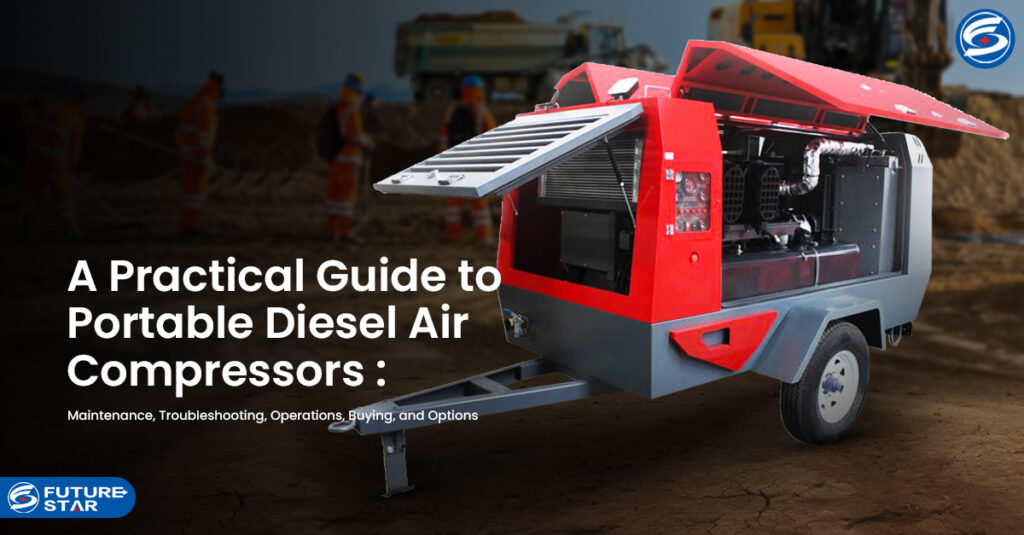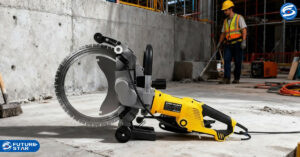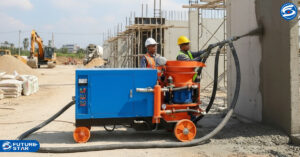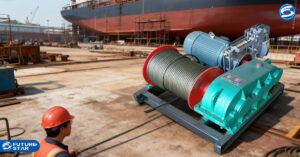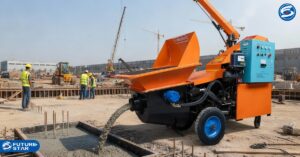Diesel air compressor Portables are an essential tool in industries such as construction. This includes mining, and manufacturing projects, providing reliable compressed air to power pneumatic equipment. This guide is based on scientific research and engineering principles. It provides a comprehensive overview of maintenance, troubleshooting, operation, purchasing considerations, and available options.
Operations:
Diesel air compressors operate through an internal combustion engine that drives a compressor pump. It can convert mechanical energy into compressed air stored in a tank. Key operational practices include:
- Pre-Operation Check i: Check fuel, oil, and coolant levels. Check the air filter, as a clogged filter can reduce efficiency by up to 15% (Mechanical Engineering Journal, 2019).
- Load Management: Avoid prolonged idling, which can increase fuel consumption by 20-30% (US Department of Energy, 2018).
- Environmental Considerations: Operate in a well-ventilated area. This prevents carbon monoxide buildup and ensures compliance with standards. EPA Tier 4 emissions.
Maintenance
Regular maintenance extends compressor life and ensures efficiency. Research from Tribology International (2021) shows that proper lubrication can reduce wear on compressor components by up to 40%. Maintenance protocols include:
- Oil Change: Change engine and compressor oil every 500 hours. Be sure to follow manufacturer's instructions, using SAE 15W-40 for diesel engines (API, 2020).
- Air Filter Change: Clean or replace the filter every 100-200 hours, as particle buildup can increase fuel consumption by 5-10%.
- Belt and Hose Inspection: Check for wear or cracks every two months. This is because belt slippage can reduce the output pressure by 10% (Applied Mechanics Reviews, 2017).
- Cooling System: Flush the coolant annually to prevent overheating, which can reduce performance by up to 25% (Energy Efficiency Journal, 2019).
Troubleshooting
Common problems include low pressure, overheating, and excessive noise. The Reliability Engineering Study (2022) noted that 60% compressor failures were caused by inadequate maintenance. Steps Troubleshooting :
- Low Pressure: Check for leaks using an ultrasonic detector, as leaks can reduce output by 20-30% (Compressed Air Challenge, 2020). Check for valve wear or clogged filters.
- Overheating: Ensure adequate ventilation and clean the radiator. Overheating will risk component failure at temperatures above 120°C (Thermal Engineering, 2021).
- Excessive Noise: Make sure you have tightened any loose parts and also check the silencer. As noise levels exceeding 85 dB indicate a potential problem with the exhaust system (OSHA, 2019).
- Durability: Choose a model with a corrosion-resistant tank and a sturdy frame, as recommended by Materials Science (2021).
Options and Features
Modern compressors offer advanced features to enhance performance
Variable Speed Drives (VSD): Adjust engine speed to demand, saving 20-35% of fuel (Energy Conversion and Management, 2022).
Options and Features
Modern compressors are equipped with advanced features to improve performance
- Variable Speed Drive (VSD): Adjusts engine speed on demand, saving 20-35% of fuel (Energy Conversion and Management, 2022).
- Telematics: Remote monitoring system tracks performance metrics, reducing downtime by 25% (Automation in Construction, 2020).
- Noise Reduction: Enclosed models reduce noise to 70-75 dB, meeting urban regulations (EPA, 2021).

